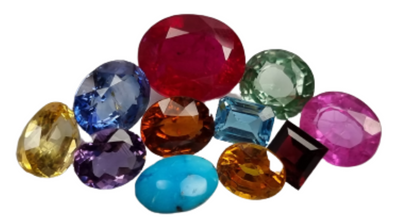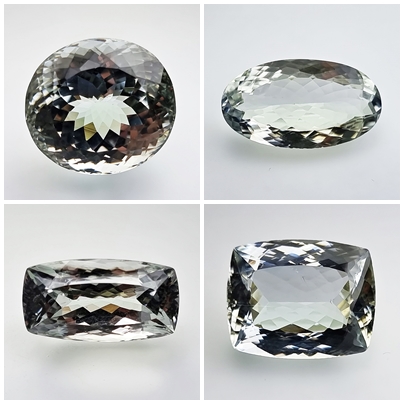Sillimanite: Gemstones Information
Sillimanite is a remarkable mineral renowned for its unique properties and versatile applications across various industries. As an aluminum silicate mineral, sillimanite possesses exceptional hardness, high temperature resistance, and a fibrous crystal structure. Its distinct characteristics make it highly valuable for a wide range of industrial purposes. Here, we’ll delve into detailed information about sillimanite, including its properties, occurrences, uses, and the benefits it offers across different sectors.
Properties of Sillimanite:
Chemical Composition: Sillimanite has the chemical formula Al2SiO5, consisting of aluminum (Al), silicon (Si), and oxygen (O) atoms arranged in a complex crystal lattice structure.
Crystal Structure: Sillimanite crystallizes in the orthorhombic crystal system, often occurring as prismatic or columnar crystals. It may also form fibrous or bladed aggregates.
Hardness: One of the most remarkable properties of sillimanite is its exceptional hardness, ranging from 6.5 to 7.5 on the Mohs scale. This high hardness makes it highly resistant to abrasion and wear.
High Temperature Resistance: Sillimanite exhibits extraordinary resistance to high temperatures, withstanding temperatures of up to 1,550°C (2,822°F) without melting or undergoing significant structural changes. This property makes it invaluable for applications requiring exposure to extreme heat.
Color: Sillimanite commonly appears translucent to transparent and is typically colorless, white, or light brown. However, it can also exhibit hues of yellow, green, or blue, depending on impurities present in its composition.
Occurrences of Sillimanite:
Sillimanite is primarily found in metamorphic rocks such as schist, gneiss, and granulite. It forms through the metamorphism of aluminum-rich sedimentary rocks under high-pressure and high-temperature conditions. Significant occurrences of sillimanite can be found in regions including:
India: Sillimanite deposits are abundant in states such as Odisha, Andhra Pradesh, and Karnataka.
Brazil: Brazil is another notable producer of sillimanite, with deposits found in various regions across the country.
United States: Sillimanite occurrences have been reported in states like California, North Carolina, and Colorado.
Uses and Benefits of Sillimanite:
Refractories: Sillimanite’s exceptional resistance to high temperatures makes it a valuable raw material for manufacturing refractory products used in industries such as steelmaking, glassmaking, and ceramics production. It is employed in the production of refractory bricks, crucibles, and furnace linings, where it provides excellent thermal insulation and erosion resistance.
Foundry Industry: In the foundry industry, sillimanite is utilized as a molding sand additive due to its high refractoriness and low thermal expansion. It helps improve the casting quality and dimensional stability of metal components during the casting process.
Ceramics: Sillimanite is employed in the ceramics industry for the production of high-performance ceramic materials, including porcelain, electrical insulators, and kiln furniture. Its high temperature resistance and thermal shock resistance make it suitable for applications requiring exposure to extreme heat.
Jewelry: Sillimanite gemstones, particularly those with transparent and attractive colors, are used in jewelry making. While not as well-known as other gemstones, sillimanite’s hardness and brilliance make it suitable for use in various jewelry designs.
Waterjet Cutting: Sillimanite’s hardness and abrasion resistance make it suitable for use as an abrasive material in waterjet cutting applications. It is used as an abrasive medium in waterjet cutting machines for cutting and shaping hard materials such as metal, stone, and glass.
Environmental Benefits:
Energy Efficiency: Sillimanite’s use in refractories and high-temperature applications contributes to energy efficiency by reducing heat loss and energy consumption in industrial processes.
Recyclability: Refractory products containing sillimanite can often be recycled and reused, reducing the need for virgin raw materials and minimizing waste generation.
Conclusion:
In conclusion, sillimanite is a remarkable mineral with exceptional properties that make it invaluable across various industries. From its use in refractories and ceramics to foundry applications and jewelry making, sillimanite plays a crucial role in numerous industrial processes. Its high temperature resistance, hardness, and versatility make it a sought-after material for applications requiring durability, thermal stability, and performance in extreme conditions. As industries continue to innovate and advance, sillimanite remains a key component in enhancing efficiency, quality, and sustainability across diverse sectors.





